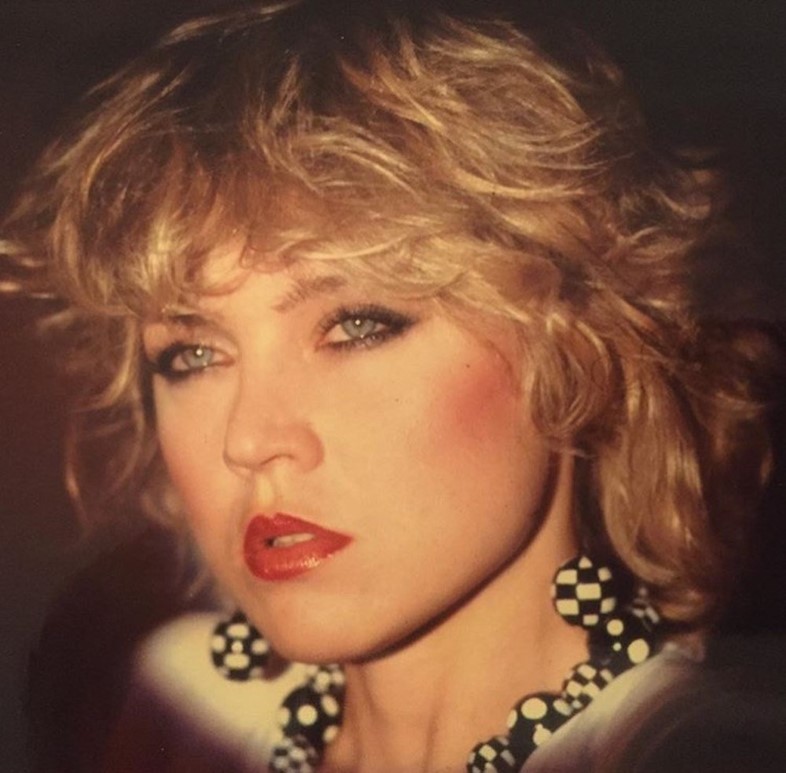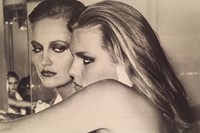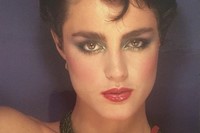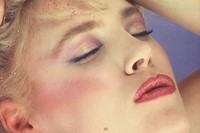Sandy Linter has made-up some of the most iconic faces in fashion history. Here, she shares her memories of an era that defined editorial glamour
When I speak with Sandy Linter over the phone, she is sat in the native New Yorker’s natural habitat: the backseat of a cab on a return journey from a shopping trip in Lower Manhattan. “I just came out of the Jill Stuart boutique in SoHo. I fit her clothing like she tailored it for me – and I’m a double size zero. I’m tiny, I’m only five foot one,” she says with a Staten Island twang. Small in stature she may be, but the make-up artist has worked with some fashion’s behemoths, shooting with the likes of Richard Avedon, Irving Penn, Albert Watson, Francesco Scavullo, Helmut Newton and Deborah Turbeville. With Turbeville, she made-up the models for the infamous bathhouse shoot in the May 1975 edition of Vogue; with Avedon and Scavullo, she defined a tide-turning era of editorial glamour.
Having painted the faces of a young Brooke Shields and Anjelica Huston, Janice Dickenson and Diana Ross, Linter really has done and seen it all. She is perhaps best known for her work with Gia Carangi, the woman widely considered to be the world’s first supermodel, with whom Linter also had a relationship. The early moments of their romance were immortalised in a black and white shoot by Chris von Wangenheim, where the two posed nude either side of a wire fence. Here, she shares some of her memories of an iconic era that to her, is now lost forever.
On one of her very first clients, Jackie O...
“One of the first famous faces I encountered was Jacqueline Kennedy-Onassis when I was working at the Kenneth salon on East 54th Street. I was so nervous! She sat down in the chair and put her head back and I went to the counter and I picked up the eyeliner pencil and drew it across her eyelid. The first thing said was ‘ouch!’ I had sharpened the eyeliner pencil too much. I apologised, but she had no problem with it. She understood totally. Another a client of the Kenneth salon was the beauty editor of Vogue. I did her make-up a couple of times she did a full two-page article on me in the magazine – two full pages, with illustration. So then, in 1974, I went to Vogue full-time.”
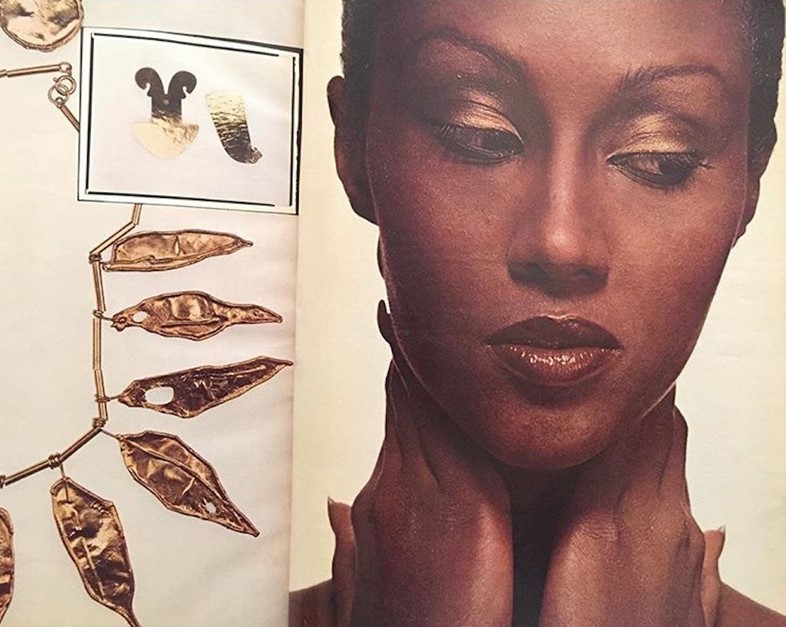
On working with Irving Penn and Richard Avedon...
“The only one who was nerve-wracking was Avedon! Penn was so above it all, so kind and so nice, the last thing in the world he was going to do was to tell me how to do the make-up. He didn’t care what I did! I mean, the only thing I ever noticed is that he would tease the stylist at Vogue, Polly Mellen. I think it was just to irritate her ‘cause they loved each other. He would ask her ‘why does the model have that necklace on? Why that earring?’, or something like that. But with hair and make-up he never said a word. He was the least controlling of all. When the girl got on set he controlled her – directed her, I mean – but he didn’t creatively control anything that was done to her beforehand. It was just amazing.”

On nostalgia for a lost era...
“It was such a privilege to work during those times. I’ve actually started to tear up thinking about it. It’s just that those days will never be around again – they’re done. It just makes me kinda sad. It’s sad because I have a beautiful young assistant who is so talented and she’ll never get the chance to go with me on those iconic shoots. I find it so hard to talk about. I don’t know why. Looking at some of those images now I understand them better. I can read them better with 40 years of hindsight. For example there’s a shoot I did with Avedon where the model has a $100 bill stuffed in her bikini. At the time, everyone said ‘oh that’s kinda tacky, for Avedon to put that there.’ But I know that it wasn’t him – the model put it there herself. The $100 bill was a symbol of what we used to roll up and sniff coke with. I mean, you can’t make that stuff up.”
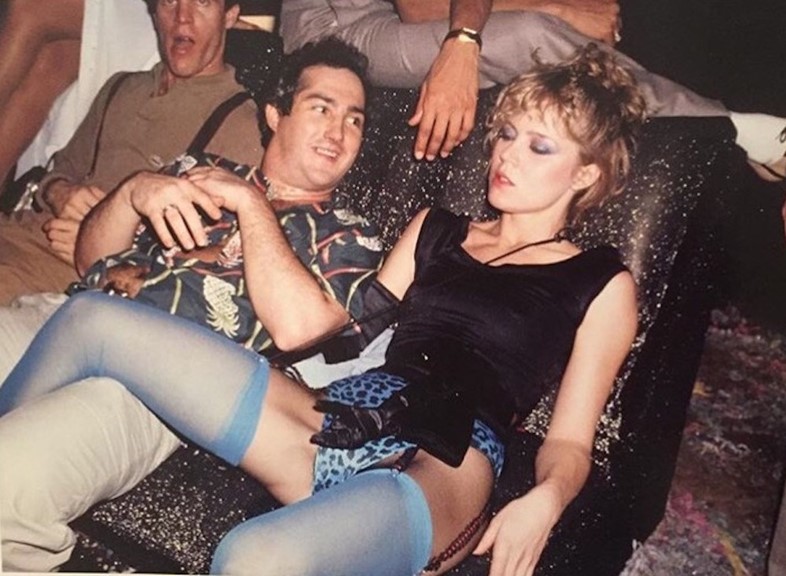
On Studio 54...
“I remember one New Year’s Eve I went to Studio 54, and I dressed myself in a bathing suit with thigh-high turquoise stockings and glitter shoes. I noticed a photographer was following me around. There were never any photographers at Studio 54, ever! But that night, there were two and both of them took pictures of me – and the pictures are amazing. One has my leg thrown over a guy who was a stranger to me, but I have since found out he was actually a Tony Award-winning costume designer. The other is a picture of me sitting next to Carolina Herrera. We didn’t know each other at the time, but I lit her cigarette. That’s a Tod Papageorge photo – I love it.”

On her influences...
“When I was working in New York in the 70s, there were only a few of us doing make-up. I started doing make-up in 1973 for editorial so I was one of very few, like five people in New York City who did editorial. Way Bandy was the leader of the pack. I did not know him well and I will be honest with you, as excellent as his work was, he did not influence me. Way was a perfectionist looking for perfection, I was looking to be moved. I needed to experience something; rock ‘n’ roll music and all that. I was also influenced by European magazines. My biggest influence in terms of make-up artists was Barbara Daly. Now she knows I’m a fan and she saw something I posted not too long ago on Instagram!”
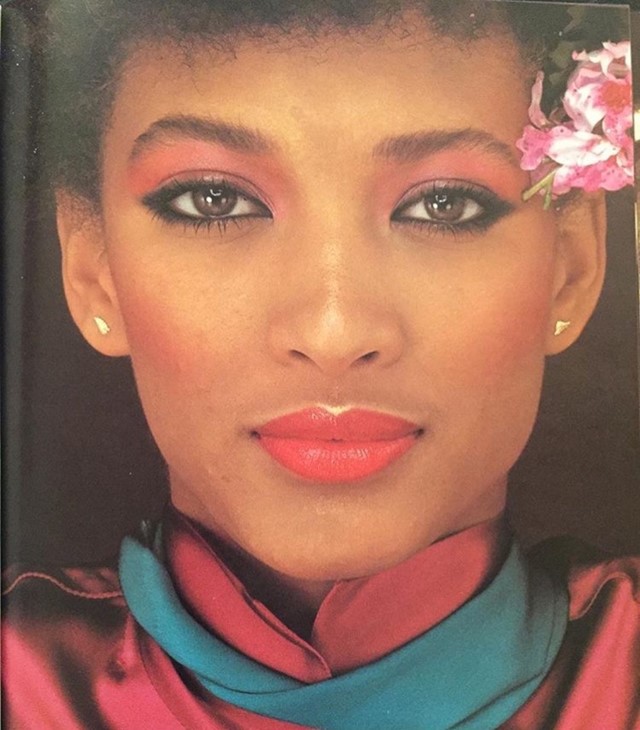
On changing trends in make-up artistry...
“We had a great variety of colour back then, in the 1970s. Not in foundations, but in highly pigmented shadows and lipsticks and everything else. It was very fearless and the ‘natural look’ hadn’t really emerged yet. I wanted to be really bold with make-up and nobody stopped me. Then the 1990s brought back 1960s make-up because Steven Meisel popularised that look. It was all about eyeliner and false lashes and I was in heaven. The worst period for me was 1988-1989 because it was a no-make-up look. It was horrible, I didn’t like the way it looked at all unless I was working with a true artist like Albert Watson. Thank God that phase only went on for a short while...”
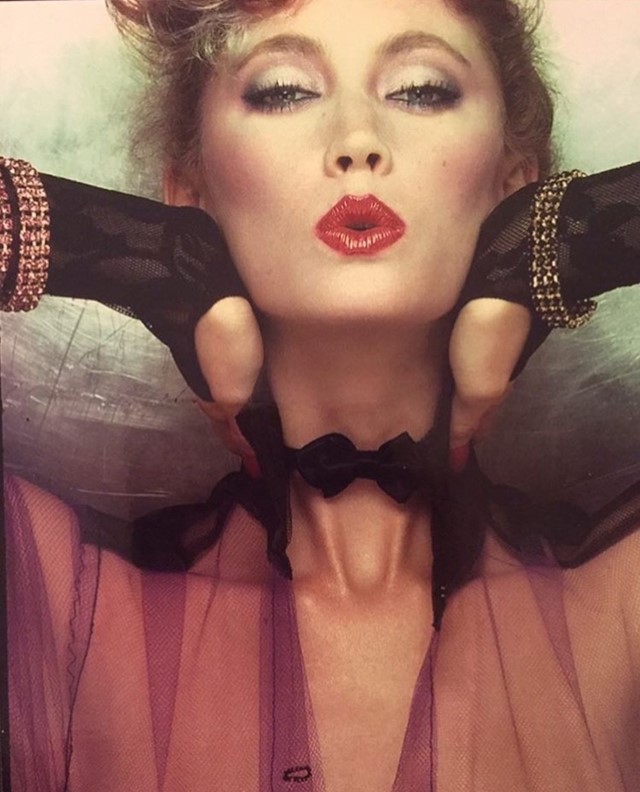
On her Instagram account...
“I use it like an archive. I never knew how to network. I didn’t have to learn how to network because there were so few of us working at the time. If there was a shoot I was there! I did it all. So, I was lucky, I never had a card made that I gave out. This is the first time in my life I’m in the numbers game. So, all I do is, I look at Instagram in the morning and if I get an idea from about posting personal photographs or something I did professionally, I’ll post it! And every now and then I line things up. For example, it was Gia’s birthday the other day so I had a really special photo lined up. Everyone loves it.”
